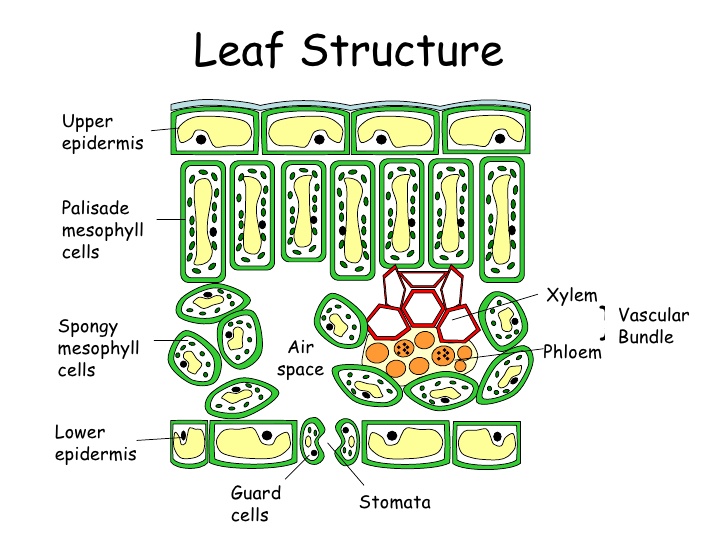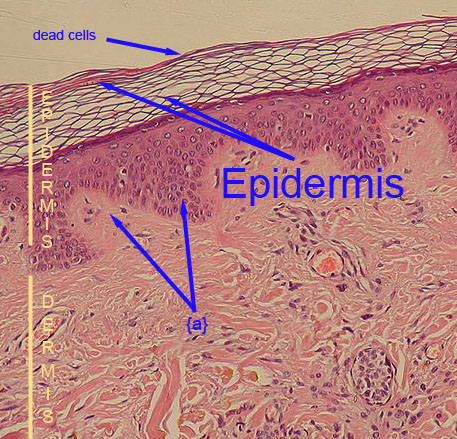Epidermis Definition Biology:
Epidermis s the upper as well as outer most layer of the two main layers of cells of the skin. The skin is considered the largest organ of the body. The approximate total area of the skin is about 20 square feet. The major function of the skin is to protect us from microorganisms. Skin also helps them to adjust the temperature of the body and it also allows the sensation of heat, cold and touch.
Epidermis Tissue Type
It is an outermost cells layer which is usually composed of flattened, scale-like cells which are called Squamous cells. Beneath the Squamous cells, there are round shaped cells present which are called Basal cells. In the cordial part, there are specialized cells are present which are known as Melanocytes. Melanocytes produced Melanin, it is the special pigment that regulates the color of the skin.
Epidermis Layers
It is basically outermost, thin skin layer that is perceptible by to the eye and its major function to provide protection to the body. It does not comprise of any blood vessels. The dermis is the skin inner layer which consists of Blood and Lymph Vessels, Hair Follicles, and Glands. Glands yield sweat, which helps to normalize body temperature.

Epidermis Anatomy
Inside it Keratinocytes, cells are present which are accountable for the production of the specialized protein called Keratin. Keratinocytes cells present in reformist stages of differentiation from the deepest to the superficial layers of cells. They initiate from the basal layer of skin, which is the deeper-most layer, and it progressively moves up to the external layer.
Inside it, there are also specialized cells called Melanocytes are present which spread all over the epidermis basal layer. Melanocytes These are responsible for the Melanin production which is responsible for the determination of skin color of the person. These cells are responsible to provide protection to the skin against ultraviolet radiation which is present in sunlight which has a high tendency to create mutilation in the DNA of skin cells.
Langerhans cells formed in the bone marrow are also existed inside the epidermis and work to sense extraneous constituents and contaminations. These cells involved in boosting the Immune system body.
Merkel cells formed by neural crest cells. These cells are specialized for the acuity of moderate touch.
Layers of Epidermis
The epidermal layer comprised of Stratified, Squamous Epithelial cells. There are generally four layers of the epidermis:
-
Stratum germinativum
-
Stratum spinosum
-
Stratum granulosum
-
Stratum corneum
The stratum germinativum is the deepest layer, which connects the epidermis skin to the dermal layer. Inside this layer keratinocyte cells formed. The stratum corneum is the outermost layer, that is water-resistant and averts the bacterial, viral and other foreign agents into the body.
Epidermis Structure:
Epidermis in Plants

Epidermis Function
Epidermal functions are given below:
- It is accountable for the safety of the whole body. It guards the interior organs, muscles, nerves, and blood vessels.
- It plays a vital role in the formation of cells of new skin.
- It helps in the formation of melanin which is responsible to provide color to the skin.
- Its major function is to provide corporeal protection to the body.
- It is best for providing Immune protection to the body.





